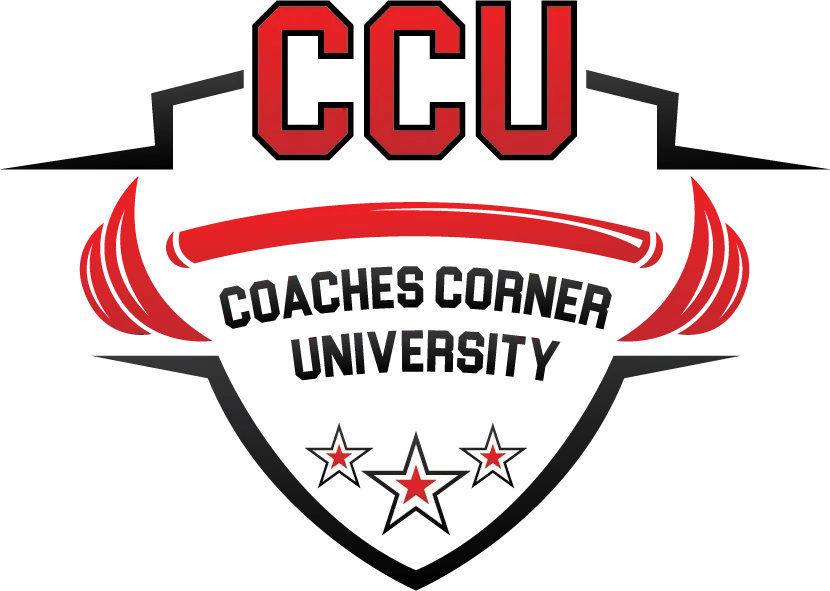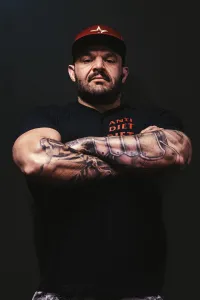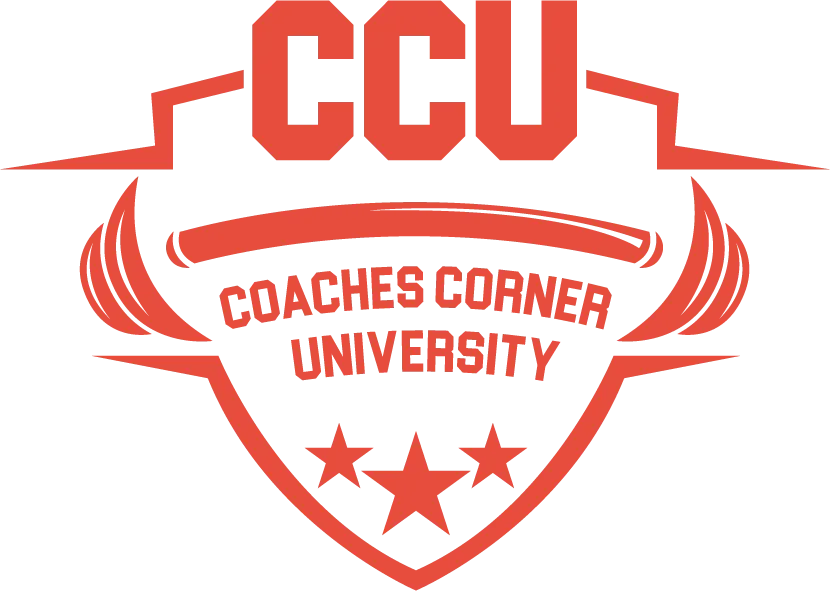Discover The Latest Blogs
Stay updated with Our Informative Blog Posts
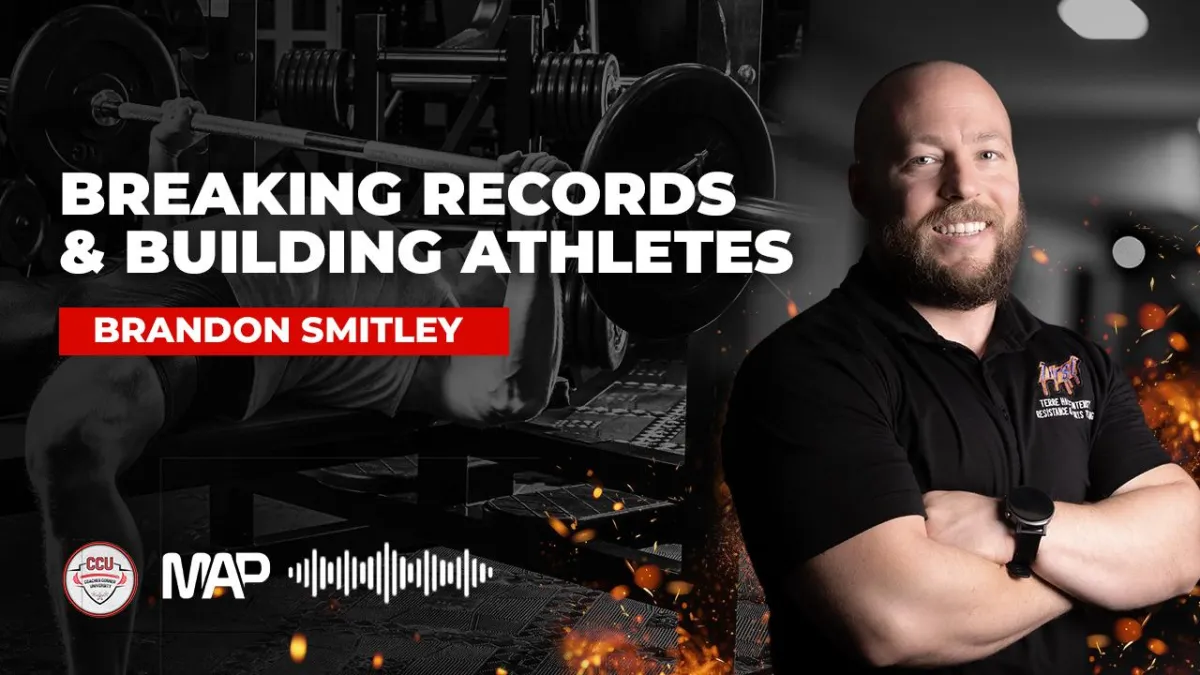
CCU Podcast - A Guide for Rising Strength & Conditioning Coaches with Brandon Smitley
A Guide for Rising Strength & Conditioning Coaches
In this episode, I sit down with Performance Coach and Owner of THIRST (Terre Haute Intensity Resistance and Sports Training), Brandon Smitley.
Brandon is a world-renowned strength coach and athlete with over a decade of experience. He has worked with athletes of all ages and levels in various facilities and weight rooms nationwide.
Brandon earned his Bachelor’s degree in Health and Fitness from Purdue University and his Master’s in Physical Education and Coaching from Indiana State University. He has been honoured with Personal Trainer of the Year Awards from Purdue University and Indiana State University. Additionally, Brandon is a sponsored athlete with Elitefts and NutraBio.
As a competitive powerlifter, Brandon holds the all-time world record squat in the 132-pound weight class with an incredible 567-pound squat. He also boasts a 330-pound bench press and a 510-pound deadlift in the same weight class, achieving a total of 1377 pounds, which ranks him 4th all-time.
Brandon provides online coaching and programming to athletes worldwide. He has personally worked with over 200 athletes across the US, UK, France, Italy, Mexico, Canada, and other countries.
Starting out as a strength and conditioning coach comes with big questions: How do you stand out in a crowded field? What’s the best way to gain real-world experience? How do you balance coaching skills with building a business? Brandon has spent more than a decade answering those questions through education, competition, and coaching. In this post, we’ll walk through 10 key takeaways from his journey—covering everything from market positioning to programming, business systems, and career sustainability—that can help new coaches build both impact and income.
10 Key Takeaways from A Guide for Rising Strength & Conditioning Coaches
Education Through Integration
Success in strength and conditioning requires both formal education and diverse practical experience. Brandon's path through university education, multiple internships, and various coaching environments demonstrates how different learning opportunities compound to create a comprehensive skill set. Actively seek environments that challenge your current knowledge base and expose you to new methodologies.
The Semi-Private Training Model: Maximizing Impact and Income
The semi-private model offers a strategic solution to the limitations of one-on-one training. You can increase revenue by charging 65-80% of individual rates while training 3-6 clients simultaneously while providing more scheduling flexibility. This approach mainly benefits coaches in smaller markets where premium pricing faces resistance. Most importantly, it allows you to serve more people effectively while maintaining program quality.
Assessment-Driven Programming
Implement a comprehensive assessment process incorporating multiple methodologies (FMS, compression-expansion model, sport-specific metrics). This systematic approach not only improves program design but also demonstrates professionalism and justifies your value proposition. A thorough assessment process becomes your foundation for progression and creates measurable outcomes for clients.
Strategic Market Positioning
Analyze your market for underserved populations rather than competing in saturated spaces. Brandon's focus on Olympic sports athletes instead of football demonstrates the value of identifying and serving neglected demographics. Your success often lies not in competing for the apparent market but in discovering and dominating underserved niches.
Systems Drive Sustainability
Implement robust systems for program delivery, client tracking, and business operations. Physical program binders, systematic updates, and clear processes allow for scalability while maintaining quality. These systems become increasingly crucial as your client base grows and you must maintain consistency across multiple service offerings.
Continuing Education as Market Response
Let market demands guide your educational investments. Brandon's focus on orthopedic health and injury prevention emerged from client needs. Your continuing education should align with both your passionate interests and the specific challenges your clients present. This ensures your knowledge has immediate practical application.
Content Creation with Longevity
Focus on creating evergreen educational content that provides lasting value. Exercise demonstrations, coaching cues, and fundamental principles retain relevance far longer than trend-based content. Build a content library that showcases your expertise while providing genuine value to your audience.
Relationship-Based Business Growth
The strength and conditioning industry thrives on relationships and reputation. Providing value through free advice and guidance builds trust and often returns as paid business opportunities. Remember that every interaction is an opportunity to demonstrate your expertise and build long-term relationships.
Value-Based Service Evolution
Your rates should reflect the value you provide, not market averages. Document outcomes, demonstrate results, and communicate value effectively. When you consistently deliver results and maintain professional standards, price increases become a natural progression that clients understand and accept.
Professional-Personal Integration
Your career in strength and conditioning should evolve alongside your personal growth. Whether transitioning from competitive athletics to coaching, starting a family, or changing service models, allow your professional offerings to align with your personal values and life changes. This integration ensures long-term sustainability and fulfillment in your career.
Each of these lessons comes with its own timeline and implementation challenges. Focus on progressive improvement rather than immediate perfection, and let your unique circumstances guide how you apply these principles in your practice.
Find Brandon
Website:THIRSTgym.com
Instagram:https://www.instagram.com/bsmitley/
YouTube:https://www.youtube.com/@bsmitley
Find the Podcast
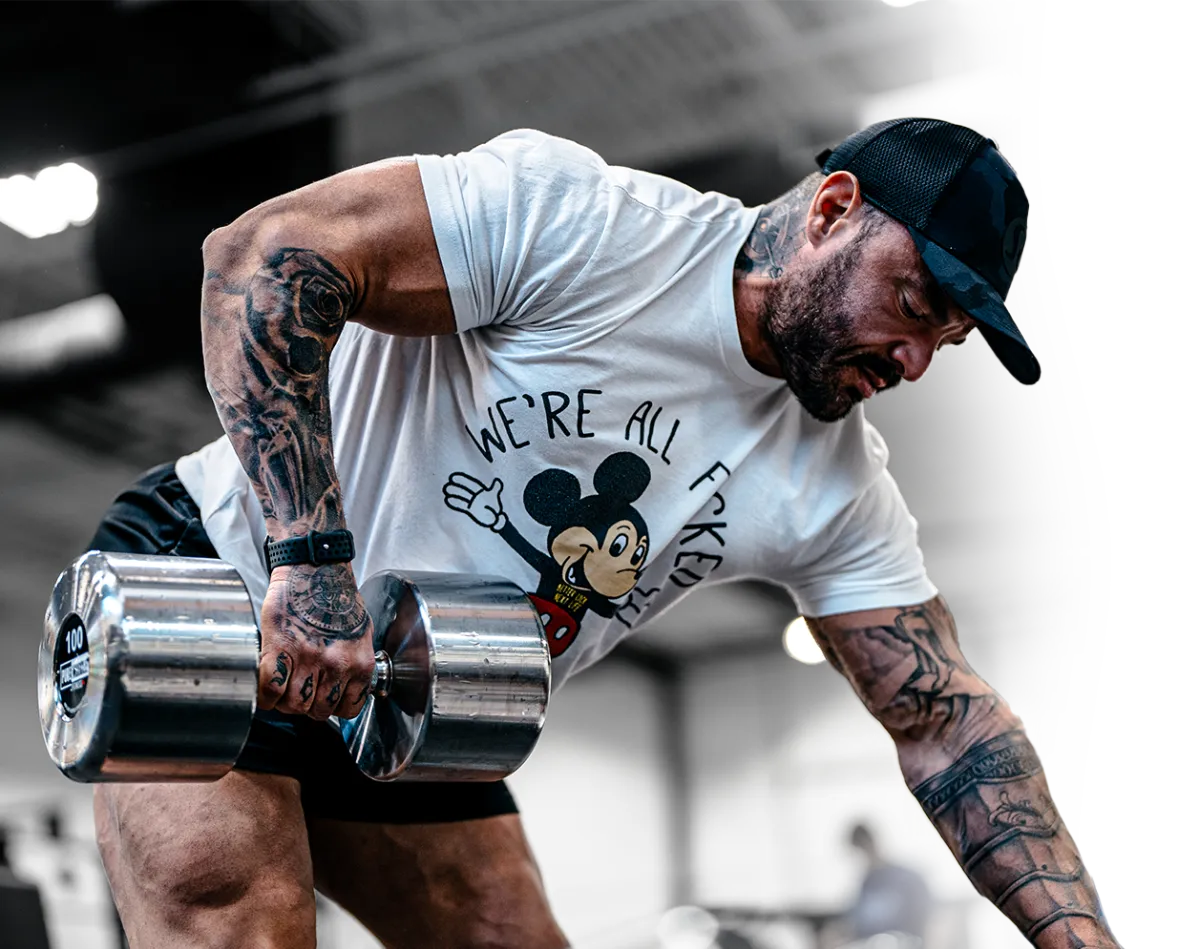
Coaches Corner PhD
